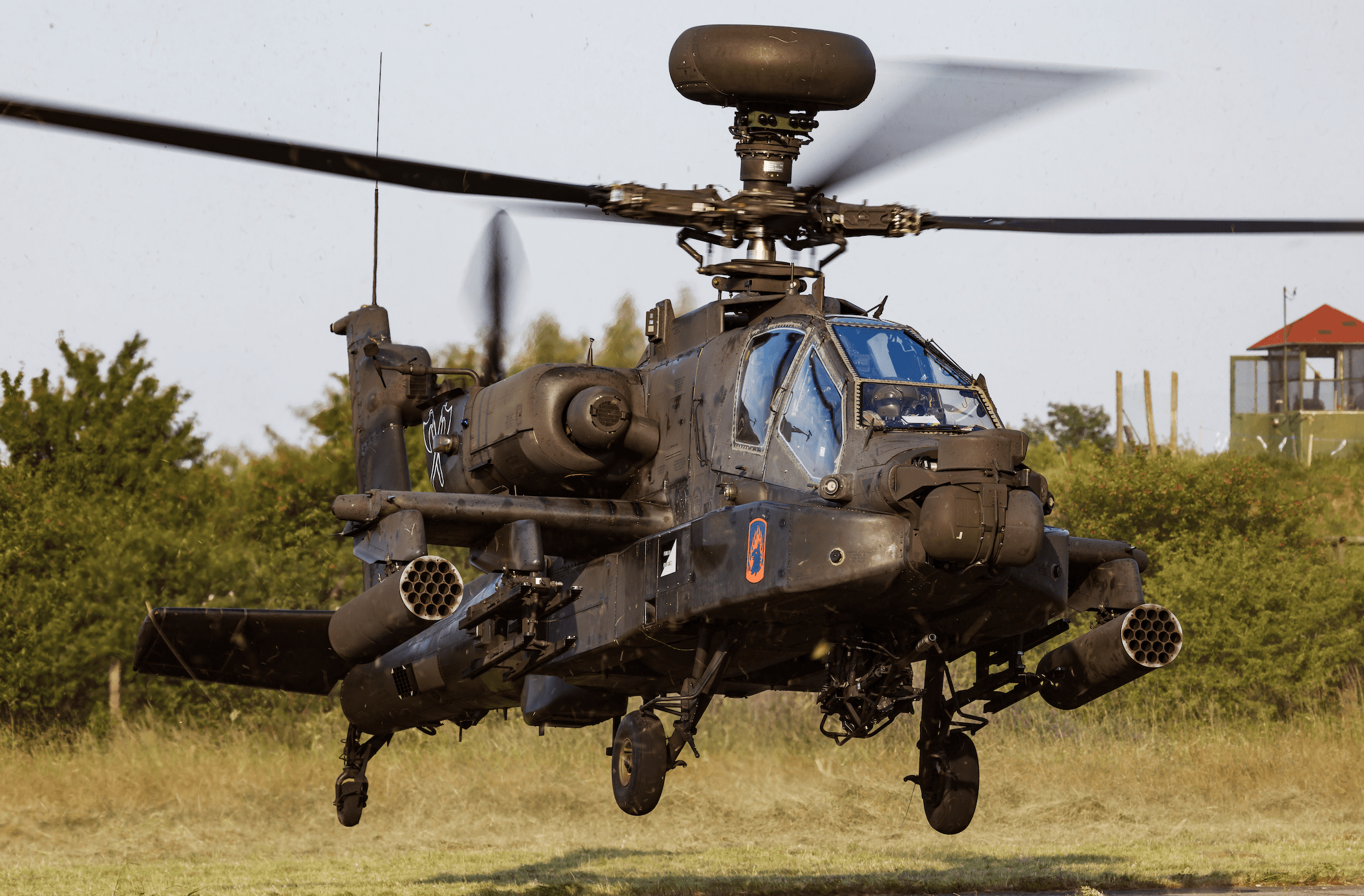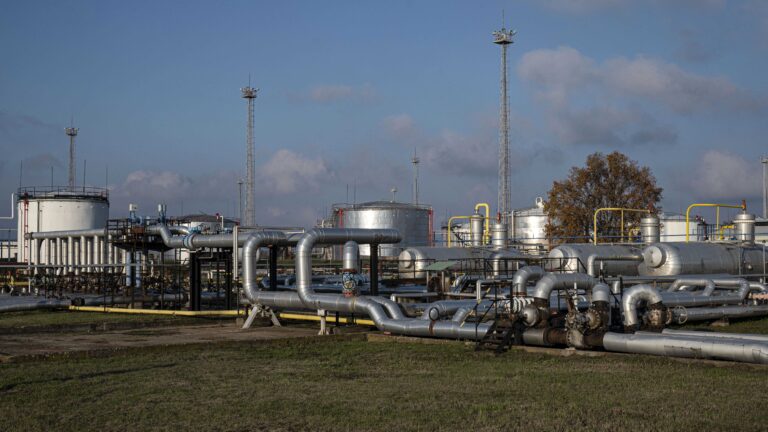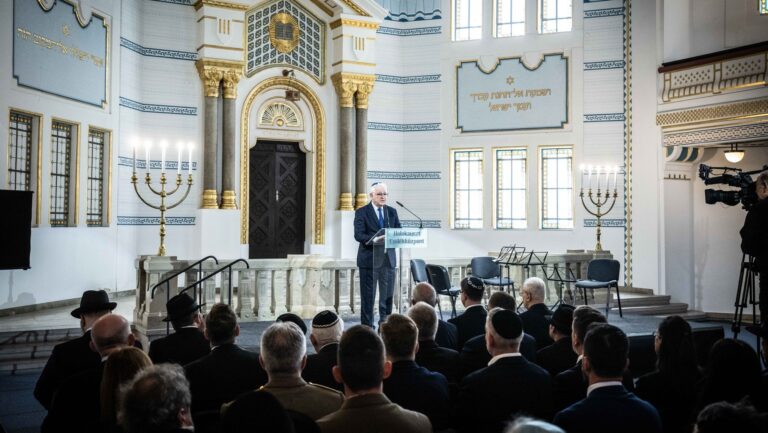Decades of neglect
With the emergence of new threats challenging regional and European security in the middle of the 2010s, Hungary decided to launch a long-needed, comprehensive force development programme in 2016. Although the country must work hard to catch up on decades of backlogs, the existence of an adequate national defence capability now, in the light of the Russia-Ukraine war, seems more vital than ever.
In the 1990s, after the regime change, Hungary not only had the opportunity, but the need for a profound transformation of its military. But let alone the gradual reduction of the size of the Hungarian Defence Forces (from 155,000 in 1989, it reduced to 61,000 by 1998) in the 1990s, no such reform or modernisation was carried out which could have helped the HDF rid itself of the burdens of its Cold War past, in relation to structure and military technology.
Joining NATO gave Hungary not just the opportunity but the urgent need for the total reconstruction of the Hungarian Armed Forces
However, Hungary’s accessions to NATO and the EU were completed by 2004 without political will; with inadequate budgetary resources, the defence sector remained neglected for another decade. Joining NATO gave Hungary not just the opportunity but the urgent need for the total reconstruction of the Hungarian Armed Forces with the purpose of better-performing tasks for the Alliance and of enhancing the interoperability of Hungarian capabilities. On the contrary, the next decade after the country’s NATO access was more dominated by gradually decreasing defence expenditure, delays in modernisation, gravely outdated technology and deteriorating morale in the HDF while mandatory contribution to NATO has also consistently been failing. With neither capabilities and modernisation nor defence spending (2 per cent of GDP), could the country fulfil its promises “Hungary has won the prize for most disappointing new member of NATO, and against some competition” – according to an article in Foreign Affairs from 2002.[1]
Nevertheless, it should be emphasised that the country outperformed the EU, the OSCE and NATO in peacekeeping and crisis management missions for which the HDF gained international recognition. The country has been participating in several foreign peacekeeping and training missions since the 2000s with the ambition level of 1000 troops and within the framework of NATO, OSCE, UN, and the EU as well. Budapest’s participation was unambiguously the declaration of the country’s commitment towards these organisations and, in the case of NATO, a kind of compensation as the country was still unable to meet the requirements of the Alliance regarding interoperability, modernisation and defence expenditure.[2]
New strategies, same old problems
The vicious terrorist attack on the United States on 11 September 2001 had a remarkable impact on the global and national security strategy. It became clear that the next decade would be the era of the “war on terror”; that which required smaller, peacemaker, peacekeeper, and high readiness capabilities instead of conventional or territorial defence forces. In accordance with NATO’s strategy, this meant that the countries did not have to strive to develop a full-spectrum army, which led to a better allocation of scarce resources.
Therefore, Hungary’s defence sector was revised in 2002 but with a different mindset and method than before. Instead of a financial source-based approach, it concentrated on the skills and capacities required for the country to be able to tackle the challenges of a new world. But defence spending was still unable to reach the promised 2 per cent of the GDP in these years, in fact, it gradually decreased after 2003 and stagnated around 1-1.2 per cent in the following years. Same as the number of troops which was reduced to under 25,000 by the end of the decade.[3]
The financial and economic crisis of 2008-2009 had a severe impact on the defence spending and sector throughout Europe. Decreasing defence expenditure and the low priority of the security and defence sector as the consequence of the economic and financial crisis were global tendencies that Hungary fit perfectly. Military expenditure compared to the country’s GDP went down from 1.2 per cent in 2008 to 0.79 per cent in 2014 and the sector remained neglected for years again.[4]
Still on time?
The Hungarian government devoted itself to carrying out an overall force development programme and modernise the HDF as the deteriorating European security environment
But by the mid-2010s, the Hungarian government devoted itself to carrying out an overall force development programme and modernise the HDF as the deteriorating European security environment, in the face of terrorism, migration, and Russian interventionism had given every reason for it. Not to mention the political continuity (the ruling party’s victory in four constitutive elections) which provided all the opportunity to make strategic, deep reforms in the HDF. In 2016, the Hungarian government announced the “Zrínyi 2026 Defence and Force Development Programme” with the promise of realising the long-awaited and well-needed modernisation and reformation of the HDF in the next 10 years. Although the “Zrínyi 2026” force development programme is just halfway complete, Hungary’s defence capability has grown significantly, which is essential not only for self-defence and deterrence purposes but also for the country to remain an influential contributor to regional, European and transatlantic security efforts in trying times.
To find out how the modernisation and revitalisation of the Hungarian Defence Forces and the Hungarian defence sector are progressing or how Hungary’s main goal to develop one of the most decisive militaries in the region by 2030 is affected by the Russian-Ukraine war read the full article in the next issue of the Hungarian Conservative.
[1] Celeste Wallander, ‘NATO’s Price: Shape Up or Ship Out In: Foreign Affairs’, https://www.foreignaffairs.com/articles/2002-11-01/natos-price-shape-or-ship-out?check_logged_in=1
[2] Zoltán Szenes, ‘Koncepcióváltás a magyar békefenntartásban?’, Nemzet és Biztonság, http://www.nemzetesbiztonsag.hu/cikkek/szenes_zoltan-koncepciovaltas_a_magyar_bekefenntartasban_.pdf
[3] Szenes, ‘Magyar haderő-átalakítás a NATO-tagság idején’, Nemzet és Biztonság, http://www.nemzetesbiztonsag.hu/cikkek/szenes_zoltan-magyar_hader___atalakitas_a_nato_tagsag_idejen.pdf
[4] Csiki Varga Tamás, ‘A magyar védelmi kiadások trendjei, 2004–2019’, Nemzet és Biztonság, https://folyoirat.ludovika.hu/index.php/neb/article/view/1280








